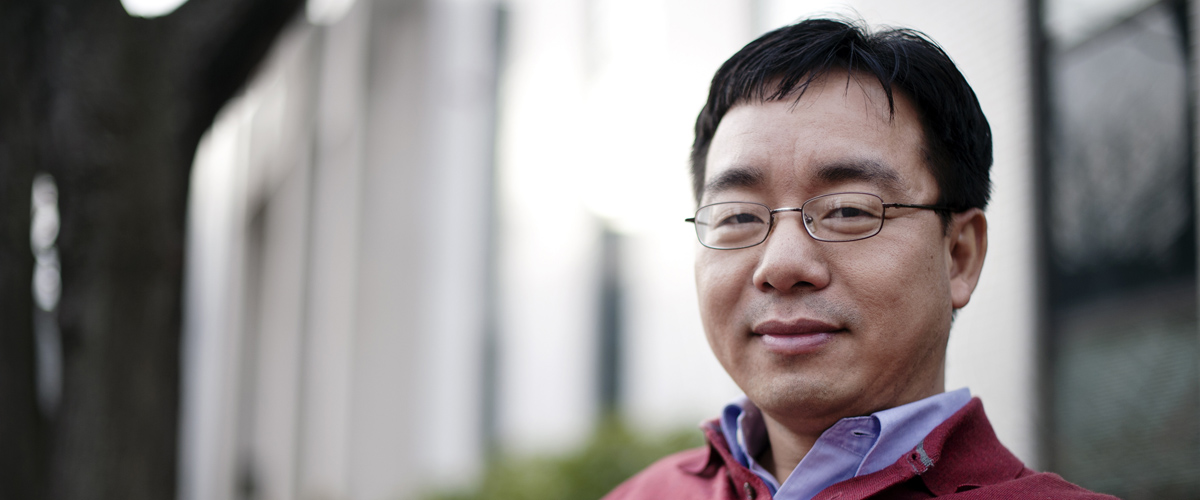by Angela Herring
When the going gets tough in the microscopic world of bacteria, one of the best bets is to form a biofilm, an immobile colony of cells that offers protection against harsh conditions. Think of it as a force field that ensures survival on the inside and keeps external invaders at bay.
It’s a good strategy, if you’re a bacterium. But for people suffering from chronic infections such as MRSA and Lyme disease, biofilms are sometimes the culprits that make healing a nearly impossible feat. However, Northeastern University assistant professor of biology Yunrong Chai and his team have discovered a new mechanism for biofilm formation that could offer valuable insight into treating these kinds of infections.
Bacteria are expert environment sensors. They constantly monitor their surroundings for signals that tip them off to trouble. Their so-called “molecular machines” skillfully recognize environmental cues such as foreign chemicals or reduced oxygen supplies. Nearly every sensing mechanism that scientists are currently aware of depends on one of these dedicated “machines,” Chai said.
However, in work recently reported in the open-access journal eLife, Chai and his colleagues explain that their new mechanism doesn’t have a dedicated sensor working for it. Instead, it takes advantage of a naturally occurring “flaw” in gene expression to turn on biofilm formation when nutritional resources are low.
Here’s how it works: When food becomes scarce and the sugars and starches that bacteria normally eat begin to dwindle, the bacteria turn to amino acids instead—these are the building blocks of proteins, and each is coded by a few different sequences in the DNA.
Molecules called ribosomes read these sequences to build proteins by selecting and laying down the appropriate amino acids like a steel driver laying train ties. For example, the amino acid serine gets laid down every time the ribosome runs across one of six “codons,” which are three-lettered sequences that correspond to subunits of DNA
But when a ribosome encounters certain kinds of codons, it gets stopped in its tracks—in the case of serine, four of these six codons can act as the culprit—and this is especially true when the amino acid in question is in low supply.
Scientists have long wondered why such “bad” codes should exist at all. But, Chai thought, “maybe bad isn’t always bad.” Maybe there’s a method behind this genetic madness.
Chai’s team found that such is the case with a gene called SinR, which is known to inhibit biofilm formation. Many of the serine codons in this gene sequence are the “bad” kind, but instead of being faulty Chai believes they serve an important purpose. When serine levels are low because the bacteria are eating it instead of their normal food, the ribosomes get stopped by those bad codons more often and as a result have a harder time making the proteins that block biofilms.
Ergo, low nutritional resources lead to biofilm formation. It sounds like a pretty good strategy.
One of Chai’s colleagues discovered similar activity in human cancer cells, suggesting that this mechanism could be generalizable to a lot of different species—not just bacteria. Indeed, it may be something all our cells do to regulate gene expression in response to particular environmental signals.
Originally published in news@Northeastern on February 6, 2014.

